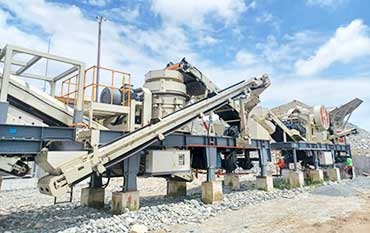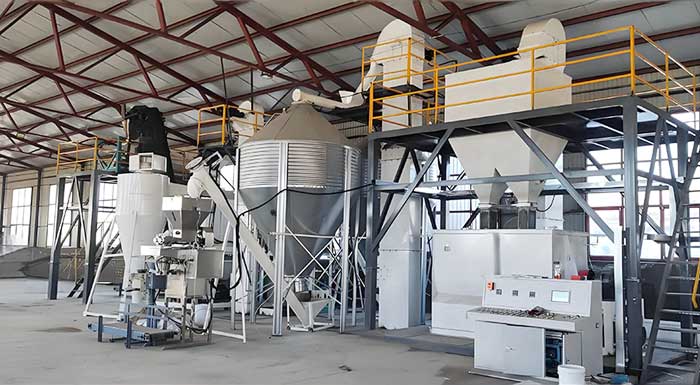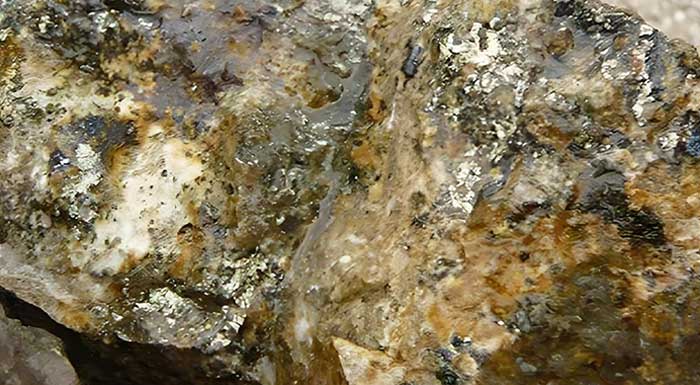What is Foundry Sand | How To Choose Foundry Sand in Sand Casting
What is Foundry Sand
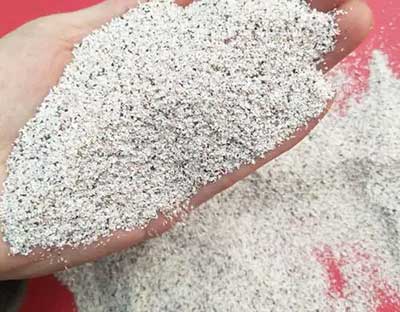
[Definition]
Foundry sand refers to the sand material used for casting models in the sand casting process, mainly composed of quartz sand, rock and mineral sand, talc powder, bentonite and other materials mixed in a certain proportion, with good fluidity, compaction and easy demolding. Foundry sand is one of the important materials used to fill the mold cavity during the sand casting process.
Foundry sand plays a crucial role in the sand casting process, and its quality directly affects the performance and quality of castings. The requirements for foundry sand are:
[Physical Requirements]
- Particle Shape and Surface: The shape of sand particles should be regular and the surface should be smooth to reduce mold wear and improve sand mold strength.
- Fineness and Uniformity: The fineness of sand particles should be uniform, and quartz sand with appropriate fineness is usually selected as the main raw material to ensure that the sand mold has high compressive strength and crushing strength.
- Void Ratio: The void ratio in sand molds should be moderate, generally between 35% and 50%, to maintain good breathability and fluidity.
- Moisture Absorption: Sand particles should have a certain degree of moisture absorption to help maintain the stability of the sand mold.
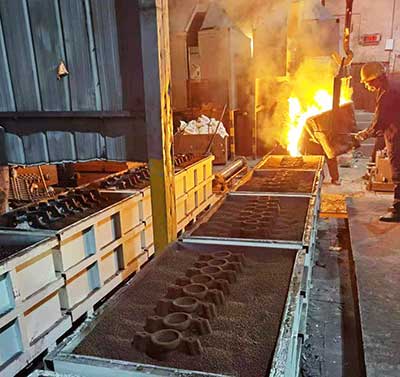
[Chemical Requirements]
- Purity and Cleanliness: The chemical composition of foundry sand should be stable, and SiO2 content is a key indicator. For sand used in cast iron, the SiO2 content should be above 90%; For sand used in cast steel, especially for larger cast steel parts, the SiO2 content needs to reach 97% or more. Meanwhile, the content of impurities such as Al2O3, FeO, Fe2O3 should be minimized as much as possible.
- Moisture Content: The moisture content should be stable and controlled within a reasonable range, mostly between 1% and 5%.
[Mechanical Requirements]
- Compressive Strength and Crushing Strength: Sand molds need to have sufficient compressive strength and crushing strength to withstand various forces during the casting process.
- Water Resistance: Sand molds should have good water resistance to prevent a decrease in strength under wet conditions.
[Other Requirements]
- Fire Resistance and Thermal Stability: Foundry sand needs to have high fire resistance and thermal stability to withstand the erosion of high-temperature cast iron without easily melting or deforming.
- Not Easily Wetted by Liquid Metal: This characteristic helps prevent sand sticking defects on the surface of castings.
- Price and Availability: On the premise of ensuring quality, foundry sand should be affordable and easily obtainable to reduce production costs.
Foundry Sand Uses
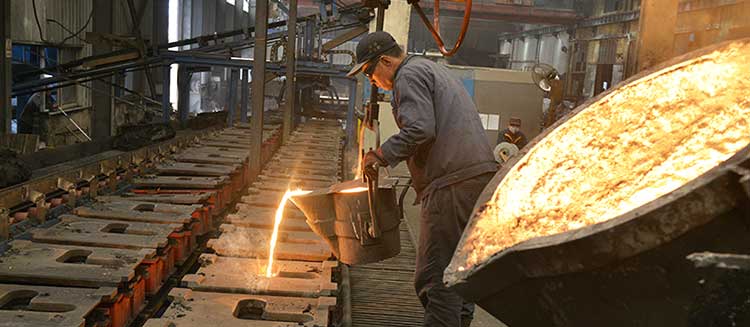
1. Fill Mold Cavity
The main purpose of foundry sand is to fill the mold cavity during the casting process, pour melted metal into the mold, and form the required metal products. In casting, foundry sand needs to have good fluidity and heat resistance in order to form high-quality castings.
2. Easy To Detach
After the metal solidifies, the foundry sand needs to be easy to demould in order to obtain the desired castings. In order to achieve this, foundry sand needs to have a certain degree of heat resistance and demolding properties to ensure that the castings are not damaged during demolding.
3. Cost Savings
The cost of using foundry sand to cast metal products is relatively low because foundry sand can be reused without the need for frequent replacement.
6 Types of Foundry Sand Used in Sand Casting

- Natural Silica Sand: widely used as molding sand and core sand for non-ferrous alloy castings, cast iron parts, and small and medium-sized steel castings. When the natural high-temperature performance of silica sand cannot meet specific requirements, other special sands may need to be used.
- Artificial Silica Sand: silica sand made by manual processing, suitable for molding sand and core sand of steel castings to meet specific casting needs.
- Vacuum Zirconia Sand: The main mineral component is ZrO2. Due to its excellent properties, it is commonly used as sand core or sand surface sand for large cast steel and alloy steel parts, and can also be used as powder coating.
- Quartz Sand: It is a granular material mainly made of quartz stone and processed by crushing. Quartz sand has a milky white or semi transparent color and is widely used in fields such as fireproof materials, metallurgy, rubber, and chemical engineering, in addition to casting.
- Limestone Sand: made by crushing limestone, with CaCO3 as the main mineral composition. Limestone sand is commonly used as molding sand and core sand for steel castings due to its relatively low cost and certain performance advantages.
- Clay Sand: It is mainly classified based on the mud content of the original sand, and there is no specific requirement for quartz content, but the mud content must be less than 50%. Clay sand is commonly used in cast iron and non-ferrous metal castings due to its good plasticity and breathability, which helps to obtain high-quality castings.
5 Key Tips Help To Choose Foundry Sand in Sand Casting
Choosing foundry sand in sand casting is a process that comprehensively considers multiple factors to ensure that the selected sand material can meet the requirements of the sand casting process and produce high-quality castings. Here are 5 key selection steps and considerations:
1. Determine Sand Casting Requirements
Select suitable foundry sand based on the size, shape, performance requirements, and sand casting production process requirements of the castings. For example, for castings that are resistant to high temperatures and slag erosion, foundry sand with good high temperature resistance should be selected.
2. Consider Sand Casting Process
When selecting foundry sand, factors such as filling ability, vibration energy dissipation, stable quality, ease of cleaning, and thermal expansion coefficient of sand mold should also be considered. By considering these factors comprehensively, it can be ensured that the selected foundry sand can meet production needs and improve casting quality.
3. Evaluate Foundry Sand
Select sand with appropriate particle size distribution to ensure good air permeability and compactness of the sand mold. The particle size distribution should be uniform. Generally, circular or approximately circular sand particles have good flowability, while smooth surface sand particles can reduce sand mold wear.
4. Apply New Material Technology
By researching and applying new sand casting materials and technologies, the accuracy and quality of castings can be continuously improved. For example, as a new type of sand casting material, coated sand has the advantages of high strength, low gas generation, and good collapsibility, and has been widely used in the production of high-precision castings.
5. Conduct Experimental Verification
Small scale experiments can be conducted to verify the performance of the selected foundry sand material. By comparing the performance of different foundry sand materials during the sand casting process and the quality of the castings, select the most suitable foundry sand materials.
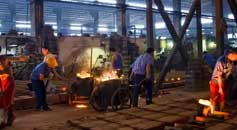 What is Sand Casting | Sand Casting Process [10 Steps]
What is Sand Casting | Sand Casting Process [10 Steps]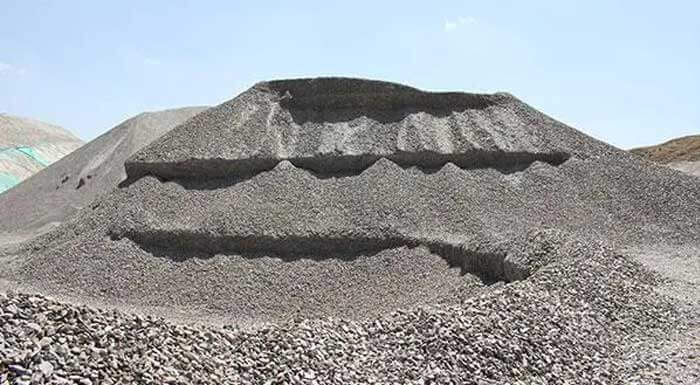 12 Types of Sand and Their Uses for Construction
12 Types of Sand and Their Uses for Construction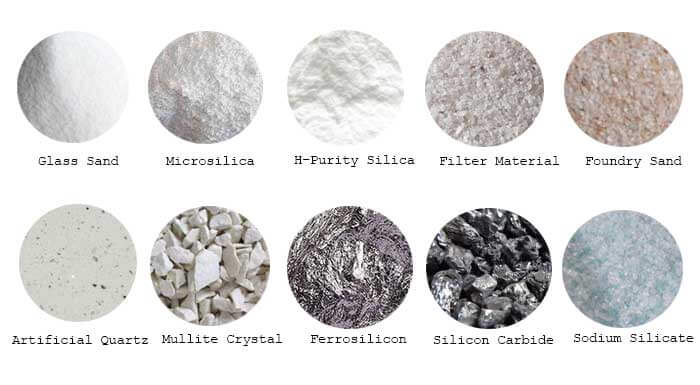 Quartz Sand Applications in 10 Different Industrial Fields
Quartz Sand Applications in 10 Different Industrial Fields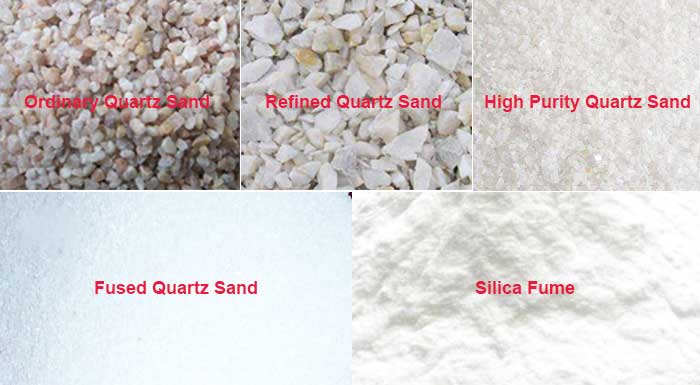 What is Quartz Sand | How Many Types of Quartz Sand
What is Quartz Sand | How Many Types of Quartz Sand